Scientists at the WEST tokamak in France set a new plasma duration record, bringing us closer to achieving nuclear fusion for clean energy.
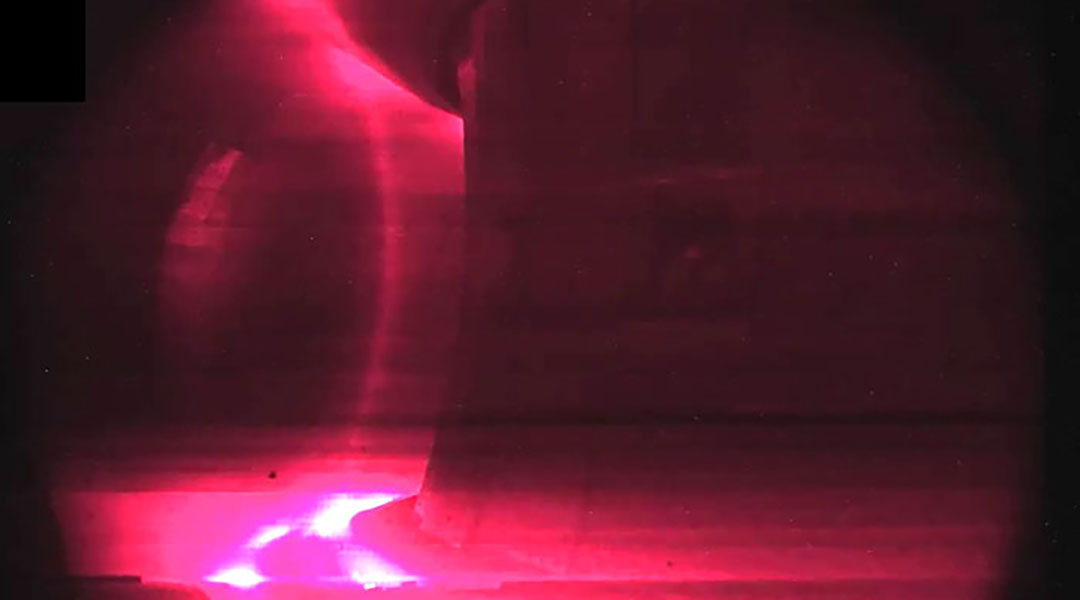

Scientists at the WEST tokamak in France set a new plasma duration record, bringing us closer to achieving nuclear fusion for clean energy.
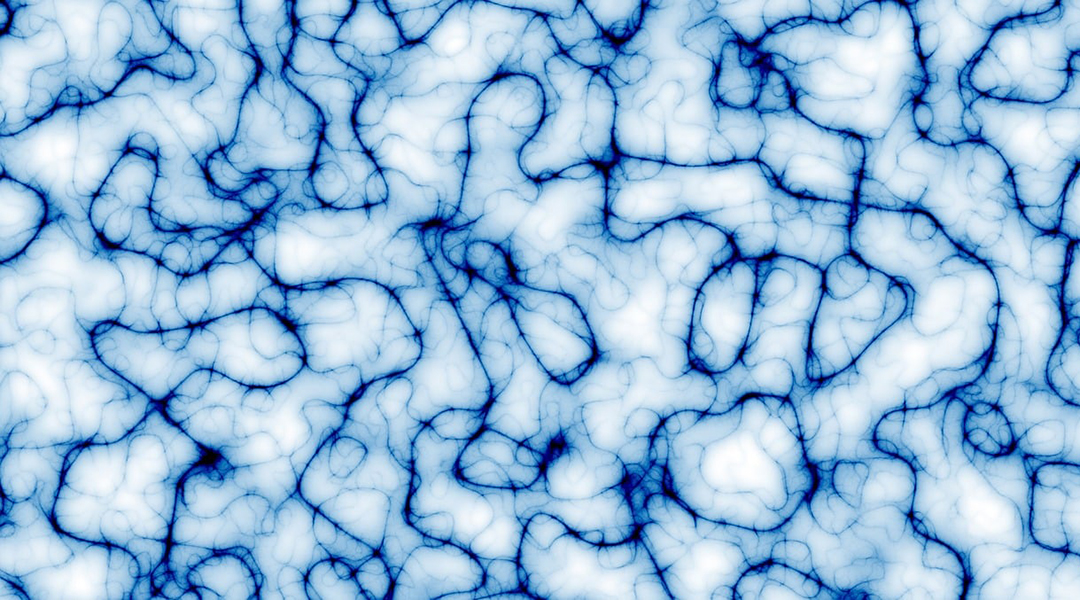
Harnessing Alfvén waves, scientists take a step closer to clean and abundant energy by learning how to tame runaway electrons in fusion reactors.
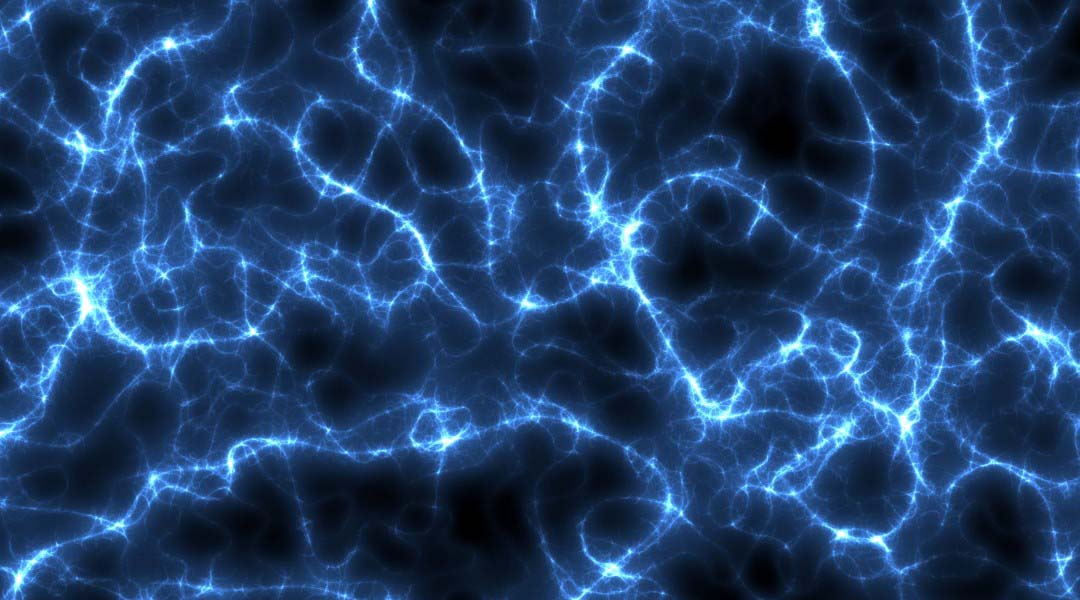
For fusion reactions to become practical, parameters such as plasma density and shape must be monitored in real time and impending disruptions responded to instantly.
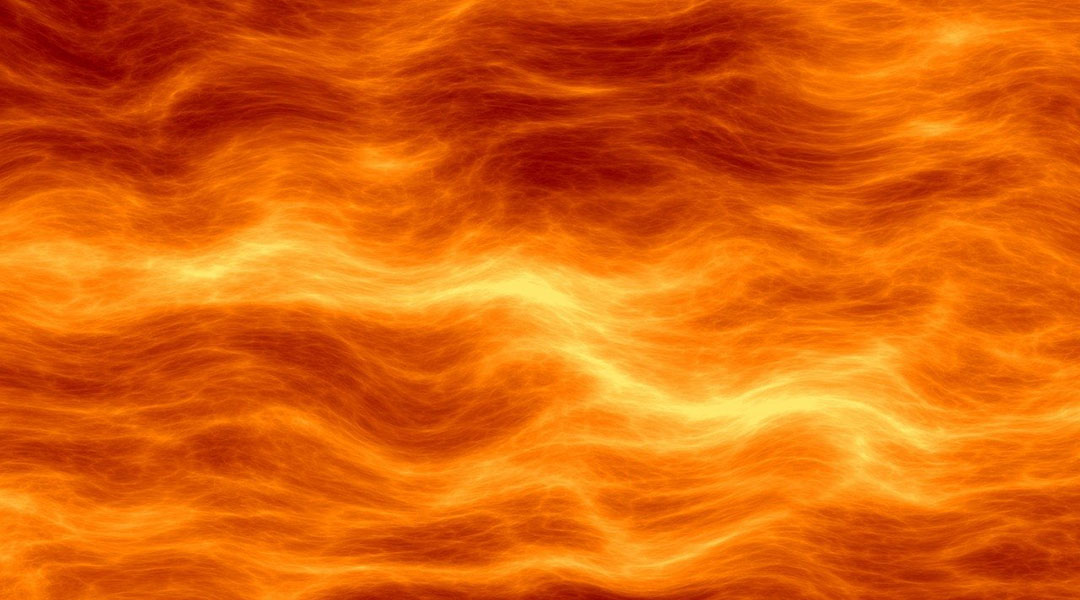
The most compact nuclear fusion reactor built to date could provide a more affordable and sustainable means of future fusion energy.
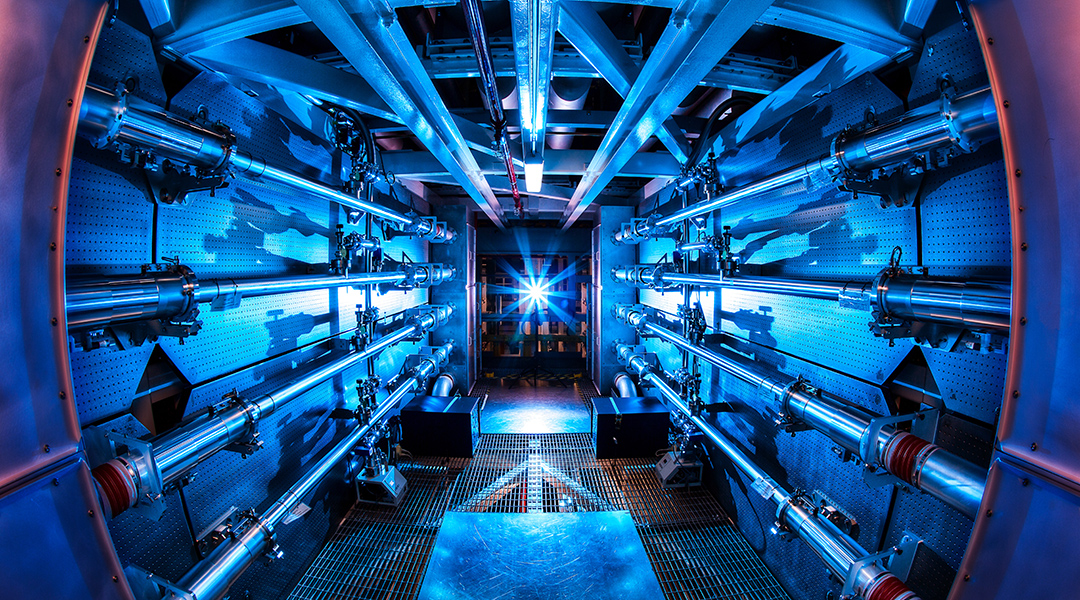
After decades of experimentation, US scientists achieve ignition in a controlled fusion experiment for the first time.

Red blood cells grown in a laboratory have now been transfused into another person in a world first clinical trial.
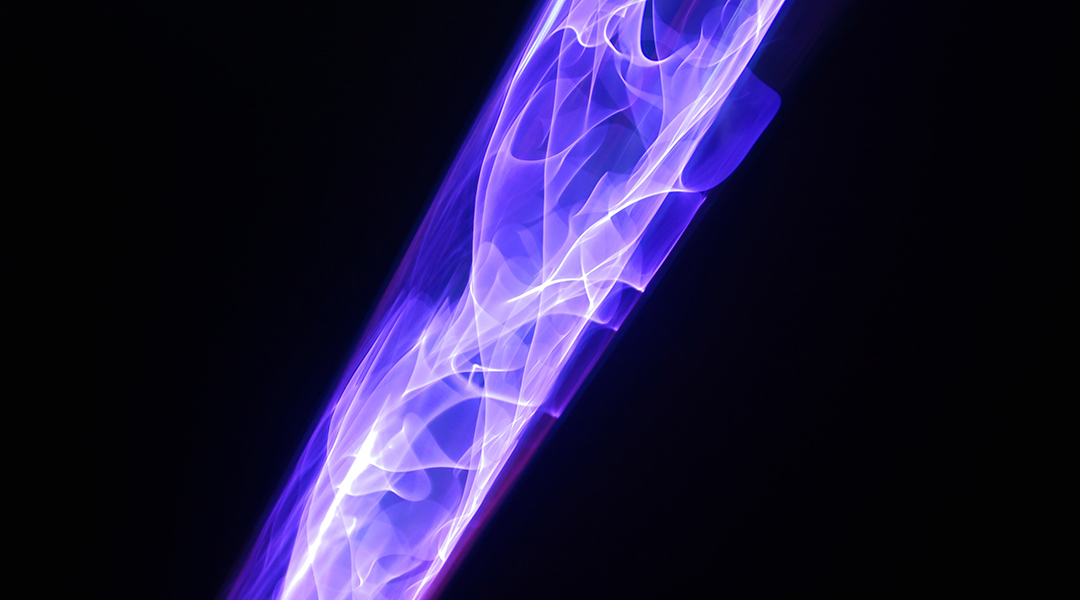
Optimizing plasma instabilities within a nuclear fusion reactor will pave the way for its use as a clean source of perpetual energy.
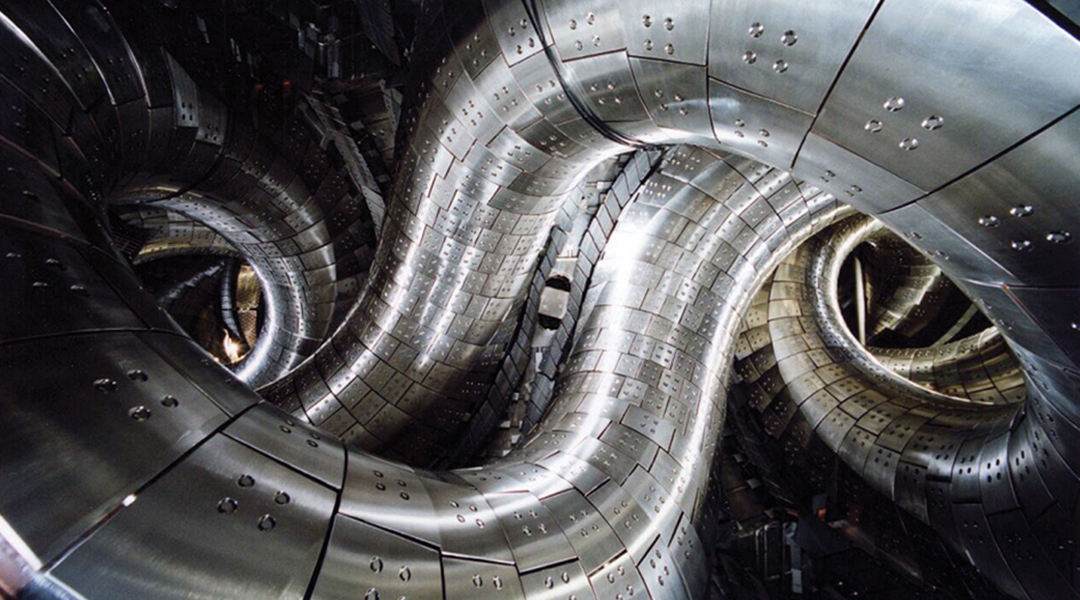
Understanding the physics of plasma instabilities and developing the ability to control them is crucial for a working nuclear fusion reactor.
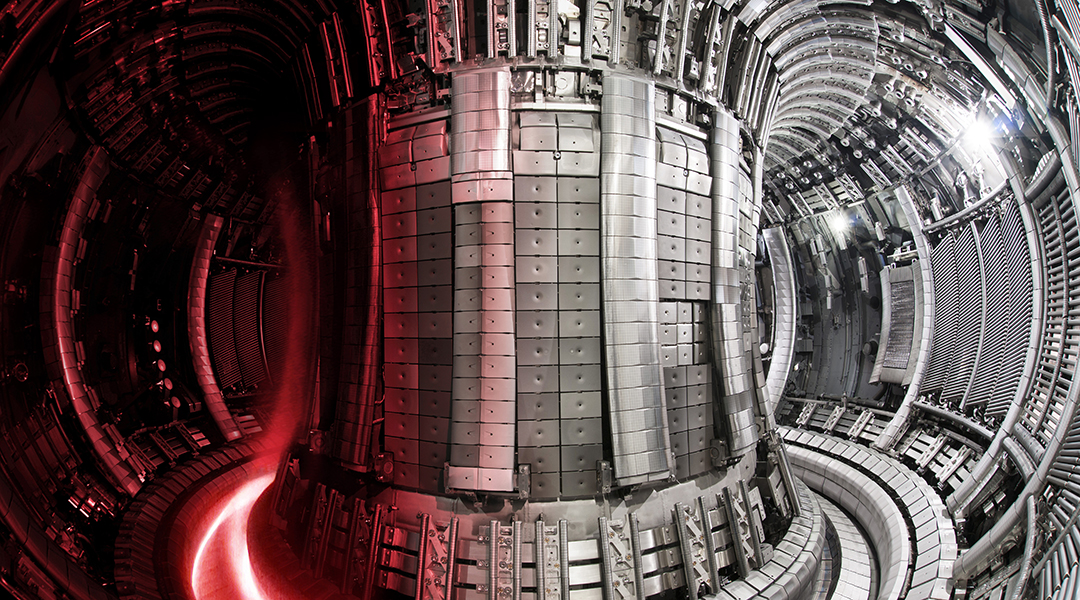
In a major breakthrough, scientists have demonstrated sustained nuclear fusion energy, providing hope for future large-scale projects.

New milestone in fusion energy made with China’s HL-2M Tokamak reactor.